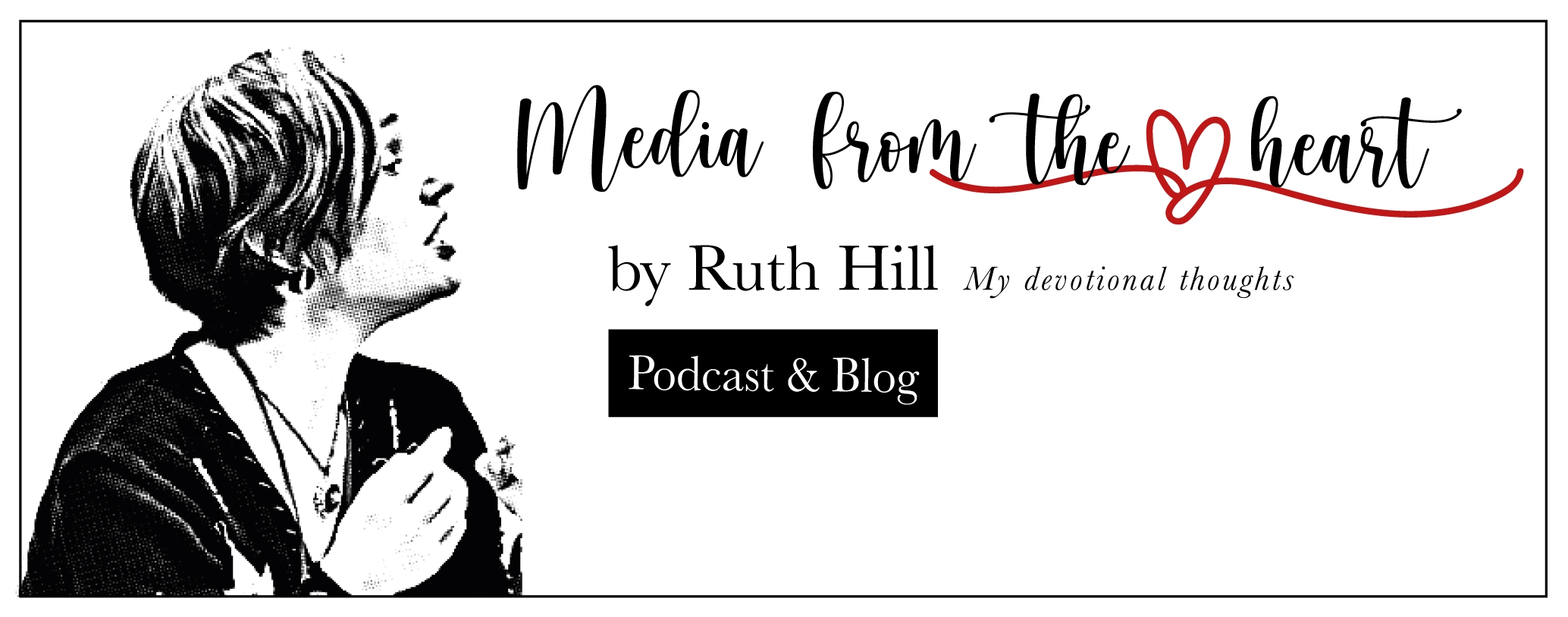 Summary from Goodreads:
Summary from Goodreads:
Taken from the poverty of her parents’ home, Fanny Price is brought up with her rich cousins at Mansfield Park, acutely aware of her humble rank and with only her cousin Edmund as an ally. When Fanny’s uncle is absent in Antigua, Mary Crawford and her brother Henry arrive in the neighbourhood, bringing with them London glamour and a reckless taste for flirtation. As her female cousins vie for Henry’s attention, and even Edmund falls for Mary’s dazzling charms, only Fanny remains doubtful about the Crawford’s influence and finds herself more isolated than ever. A subtle examination of social position and moral integrity, Mansfield Park is one of Jane Austen’s most profound works.
 Mansfield Park by Jane Austen
Mansfield Park by Jane Austen
My rating: 4 of 5 stars
Before reading this novel, I had only read one other Jane Austen book–Pride and Prejudice. I read that book as a teen, and I enjoyed it so much I read it twice. But I only became a fan of that book after seeing one or two movie versions. I dearly love it now, and it is one of my favorites.
Perhaps the same thing will happen with this book. This was not a light read, and for the first 100 pages or so, I was only mildly interested. This book requires great perseverance, but I will tell you one thing. The end result is very much worth it. This book has a lot more meat in it, and Austen throws in some surprises that even I did not see.
The main plot of the story revolves around Fanny Price. (I could not help thinking of 20th century Burlesque star of a similar name–Fanny Brice!) She comes to live with her aunt and uncle who are quite well off. I think that Austen’s theme comes out quite well through the entire book. Or at least one of the themes. It is not so much about your biological family. After all, we have no control over that. It is more the environment in which we are reared that decides our personality and fate.
I thought that Austen’s characterizations were fantastic. I think something that more modern authors tend to miss sometimes is taking the necessary time to develop characters in intricate detail.
My hat also goes off to Austen for dealing with issues that were rather taboo back then. Though handed with immense delicacy, issues of infidelity, divorce, and slothful parenting figure strategically into the plot of the story.
If you do choose this book, know that you are going to have to be committed to it. It is not a quick, romantic read. You have to be in it for the long haul. But I think you will definitely reap the rewards in the end. I would not have missed the opportunity of reading this book for anything.
 About the Author (from goodreads)
About the Author (from goodreads)
Jane Austen was an English novelist whose works of romantic fiction, set among the landed gentry, earned her a place as one of the most widely read writers in English literature, her realism and biting social commentary cementing her historical importance among scholars and critics.
Austen lived her entire life as part of a close-knit family located on the lower fringes of the English landed gentry. She was educated primarily by her father and older brothers as well as through her own reading. The steadfast support of her family was critical to her development as a professional writer. Her artistic apprenticeship lasted from her teenage years until she was about 35 years old. During this period, she experimented with various literary forms, including the epistolary novel which she tried then abandoned, and wrote and extensively revised three major novels and began a fourth. From 1811 until 1816, with the release of Sense and Sensibility (1811), Pride and Prejudice (1813), Mansfield Park (1814) and Emma (1815), she achieved success as a published writer. She wrote two additional novels, Northanger Abbey and Persuasion, both published posthumously in 1818, and began a third, which was eventually titled Sanditon, but died before completing it.
Austen’s works critique the novels of sensibility of the second half of the 18th century and are part of the transition to 19th-century realism. Her plots, though fundamentally comic, highlight the dependence of women on marriage to secure social standing and economic security. Her work brought her little personal fame and only a few positive reviews during her lifetime, but the publication in 1869 of her nephew’s A Memoir of Jane Austen introduced her to a wider public, and by the 1940s she had become widely accepted in academia as a great English writer. The second half of the 20th century saw a proliferation of Austen scholarship and the emergence of a Janeite fan culture
1 Comment
-
I have never really liked Mansfield Park, but perhaps it is because I have not looked into it deeper. I should re-read it with a different perspective!
Thanks for the review.
Kelly


